Saving Sea Turtles

In October 2023, a tiny green sea turtle was admitted to the South Carolina Aquarium’s Sea Turtle Care Center. The patient, which was given the name Ricotta, had gotten tangled in fishing line, and was missing a front flipper and part of its beak. More fishing line was found in the turtle’s digestive tract. It took two surgeries to remove it. And there was a long road to recovery ahead.
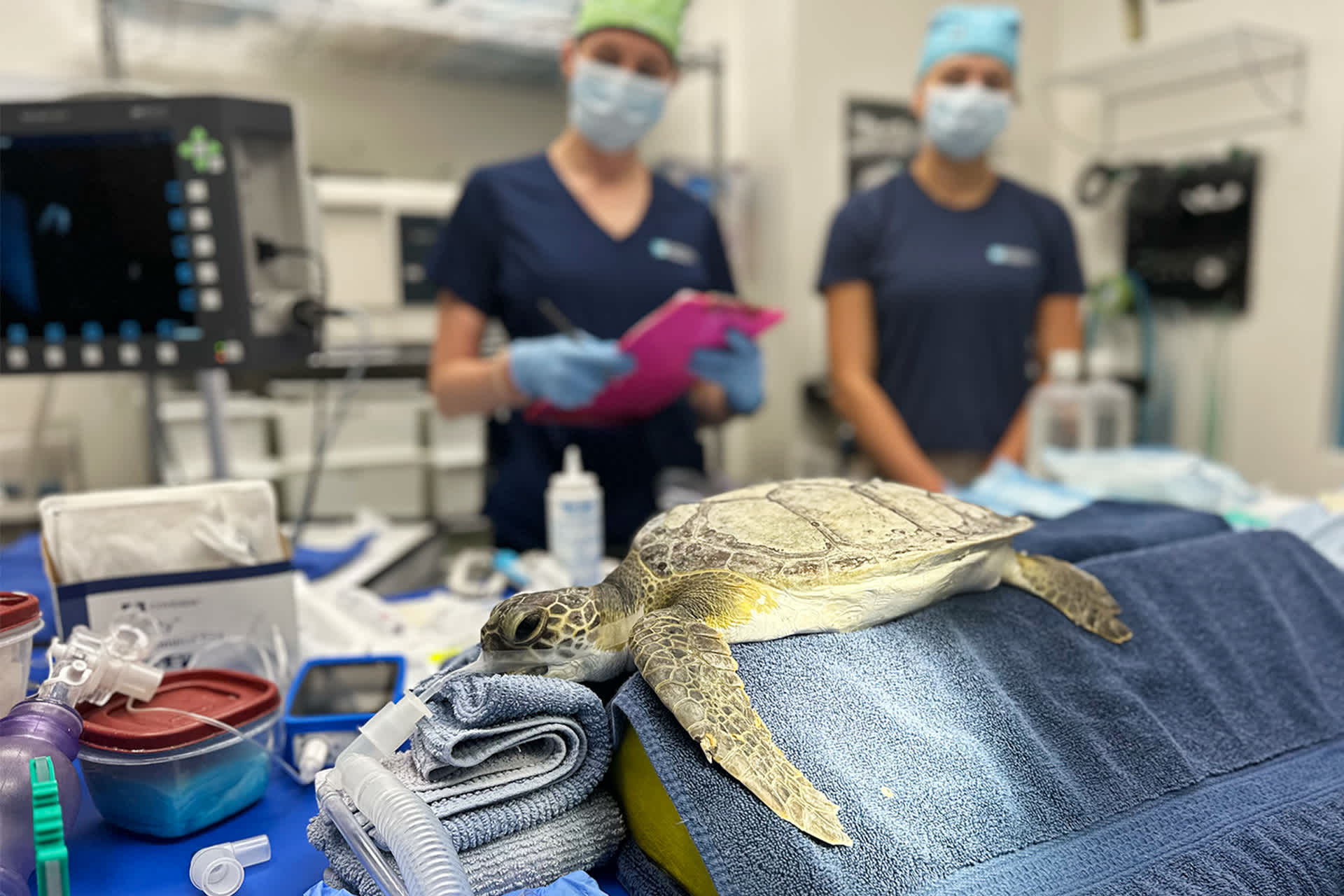
Ricotta was a memorable patient, says Grace Buschiazzo, a marine biologist at the Sea Turtle Care Center. But Ricotta’s story is not unique. Since the care center opened, in 2000, workers there have seen many turtles affected by entanglement. Other injuries have been caused by boat strikes, cold-stunning, and animal bites.
Buschiazzo is part of a team of biologists, veterinarians, and technicians who care for sea turtles around the clock. “The best part about my job is that every single day is different,” Buschiazzo told TIME for Kids. “We like to joke that [sea turtle biologists] are part-time janitors, part-time plumbers, part-time sushi chefs, and part-time nurses. So, basically, whatever the sea turtles need from me, I’m going to do it.”
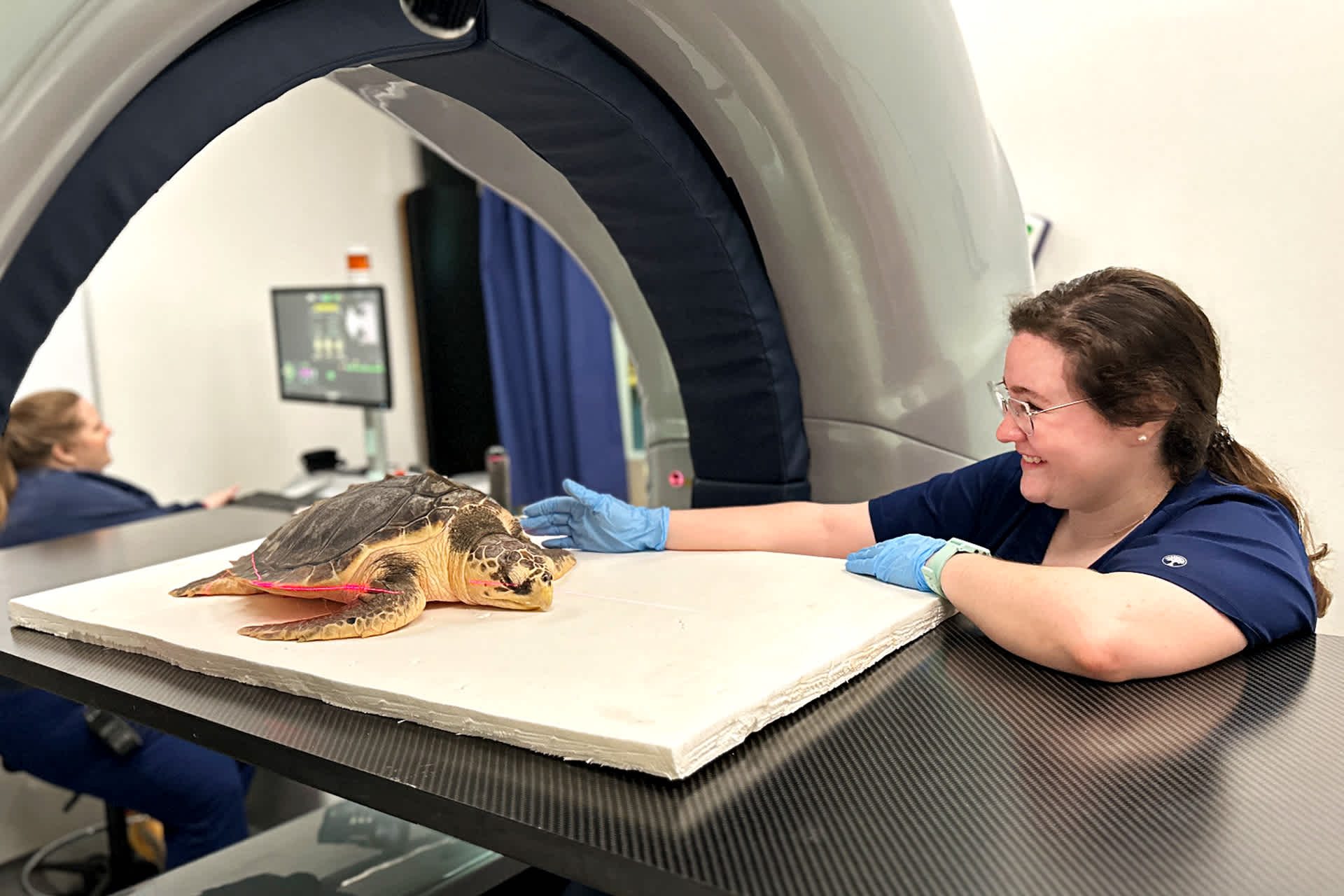
Finding Her Way
Buschiazzo was in fourth grade when she decided she wanted to become a marine biologist one day. Then at 15, she went to Panama with the Girl Scouts. She volunteered for a nesting project that helped protect leatherback sea turtle eggs from poachers. That’s when she fell in love with sea turtles.
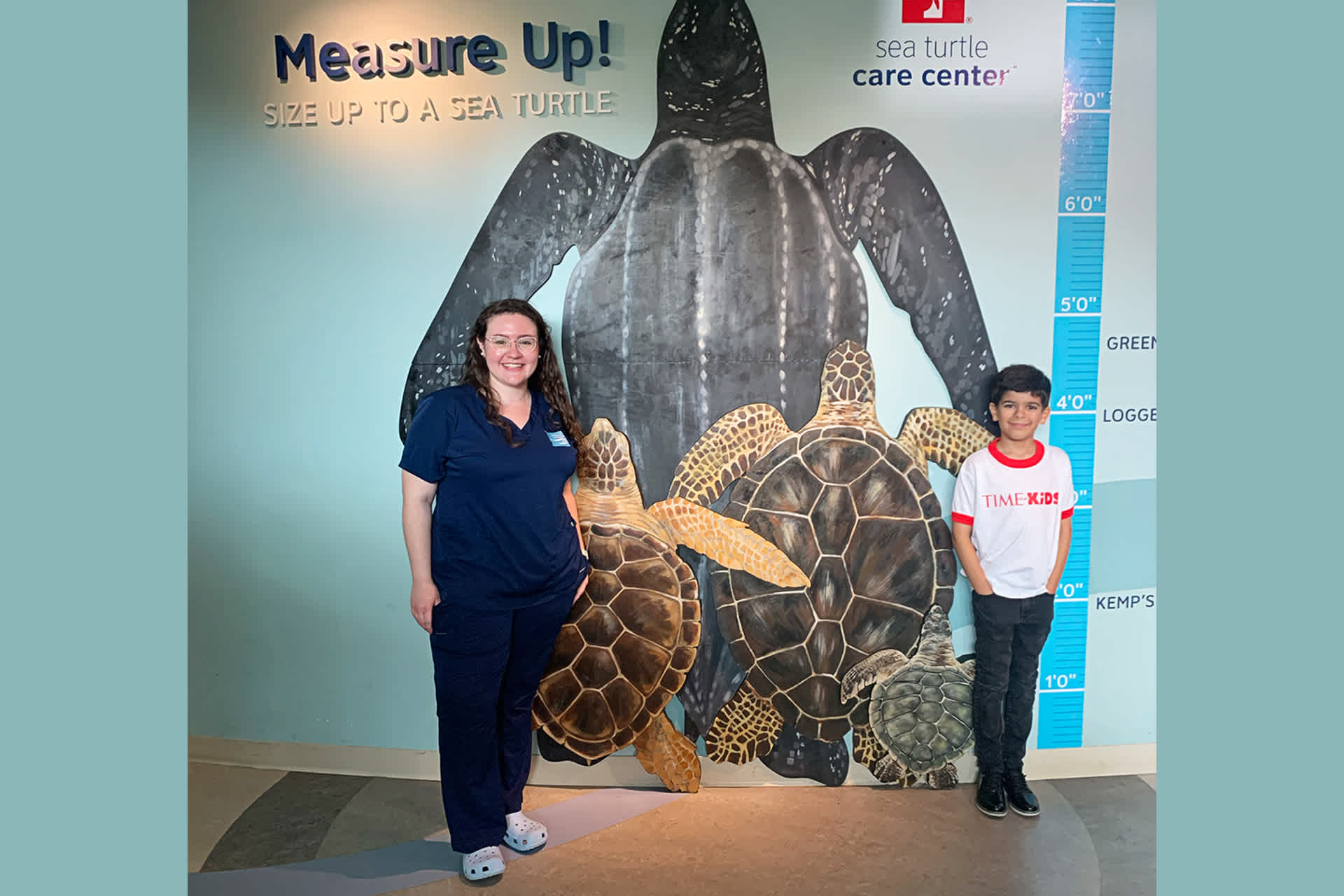
Buschiazzo pursued a degree in marine science at Coastal Carolina University, in South Carolina. While there, she volunteered for more nesting projects. After college, she interned at wildlife hospitals before winding up at the South Carolina Aquarium.
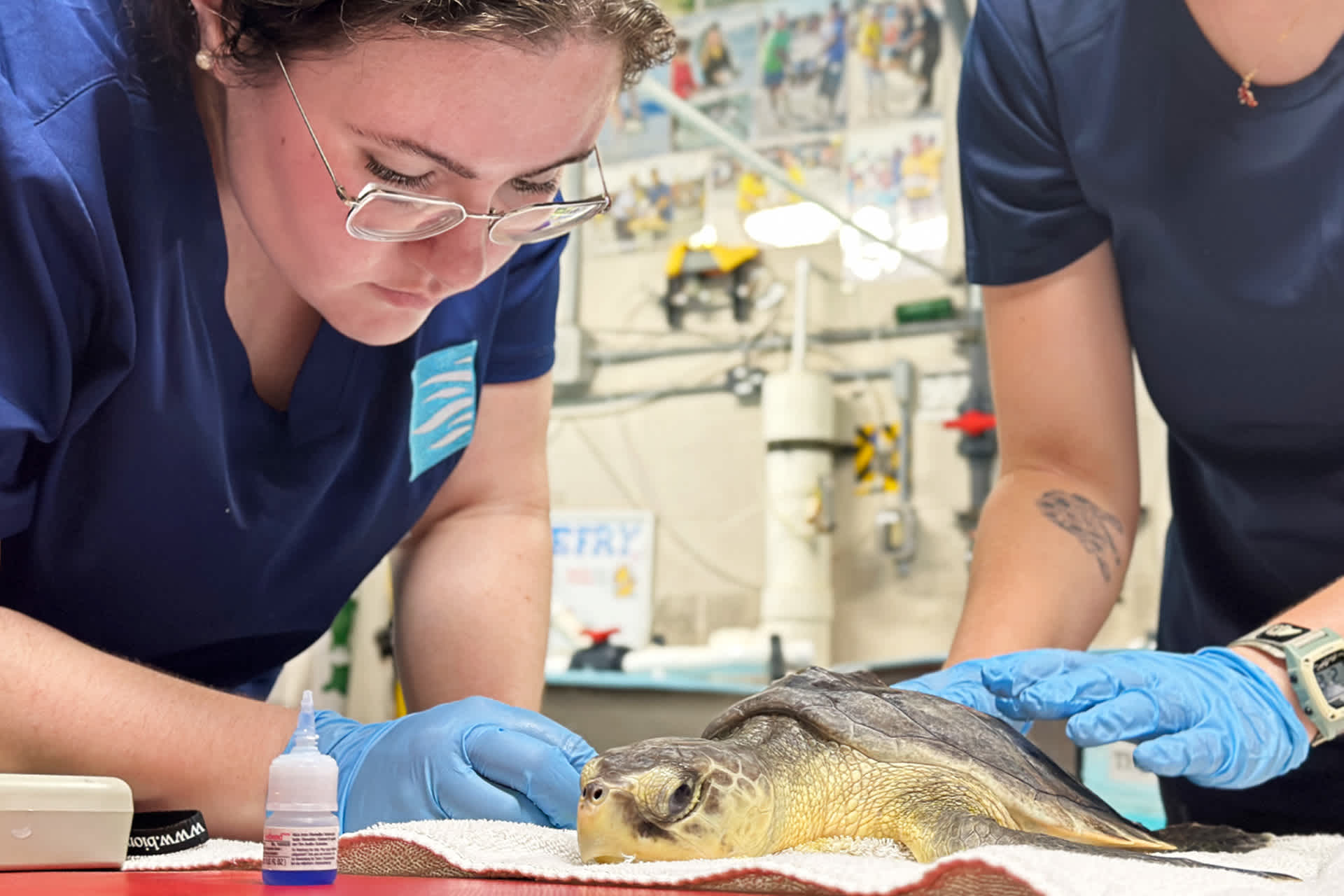
Buschiazzo recommends that kids interested in a similar career path should volunteer, like she did. “You can do it at an aquarium, at a zoo,” she says. “You could do it at a local animal shelter. There are lots of ways to help animals.”
A Day in the Life
As a sea turtle biologist, Buschiazzo works directly with veterinarians. “They’re going to prescribe the medicine for the turtles and tell me what the turtles need,” she says. “And it’s my job to make sure the turtles are getting it.”
Buschiazzo assists the vets with medical procedures. She makes the turtles’ meals and monitors their nutrition. She plans enrichment activities that simulate life in the wild. She does everything she can to prepare the turtles to thrive once they’re released back into the ocean.
Since 2000, the team at the Sea Turtle Care Center has successfully treated and released more than 400 sea turtles. And that’s another thing Buschiazzo loves about her job: “getting to see the whole process from rescue [and] rehab to release,” she says.
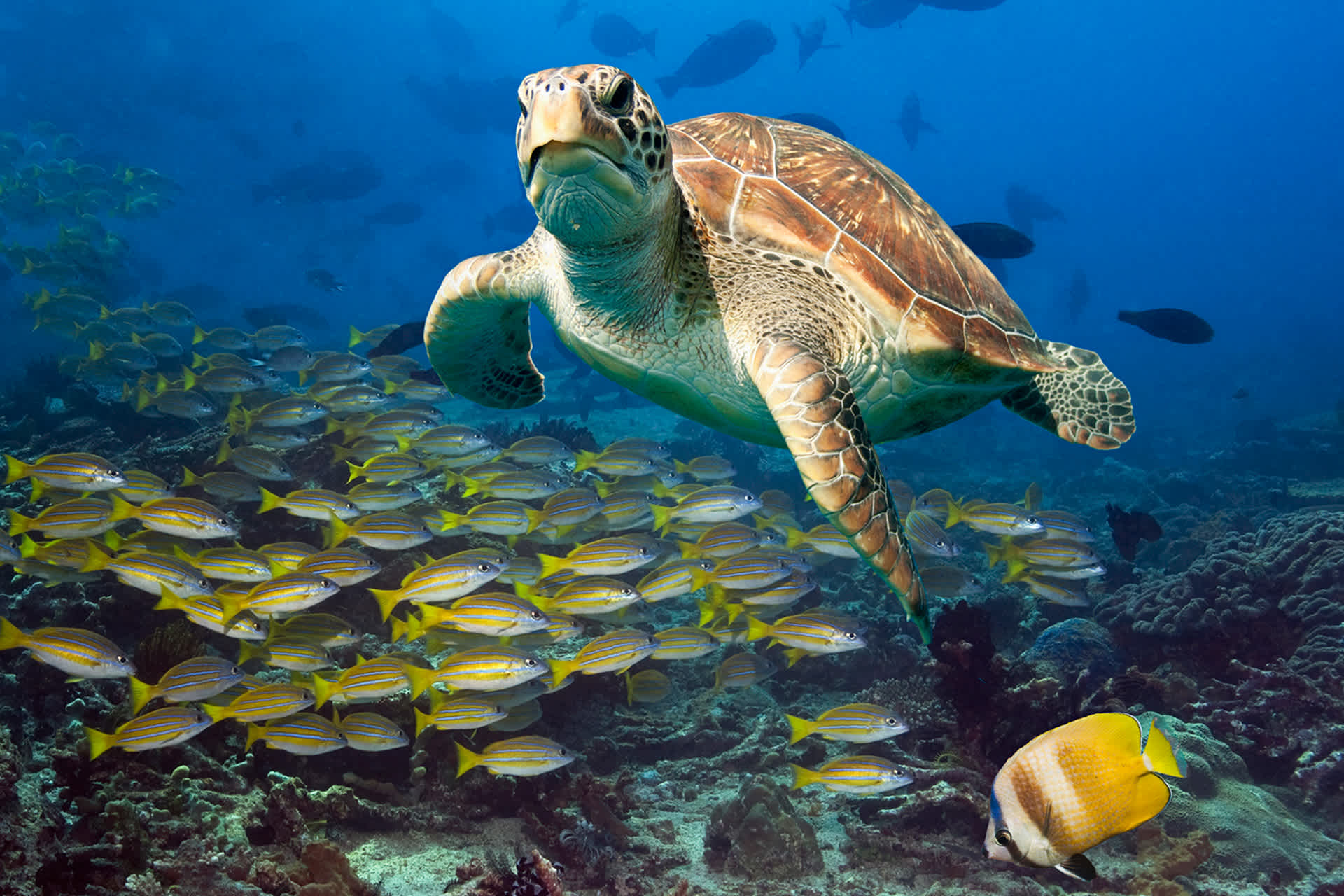
This year, Ricotta joined the list of patients who have recovered and made it back to the sea. “I was there,” Buschiazzo says. “I got to watch it, and it was fantastic.”
Turtle Anatomy
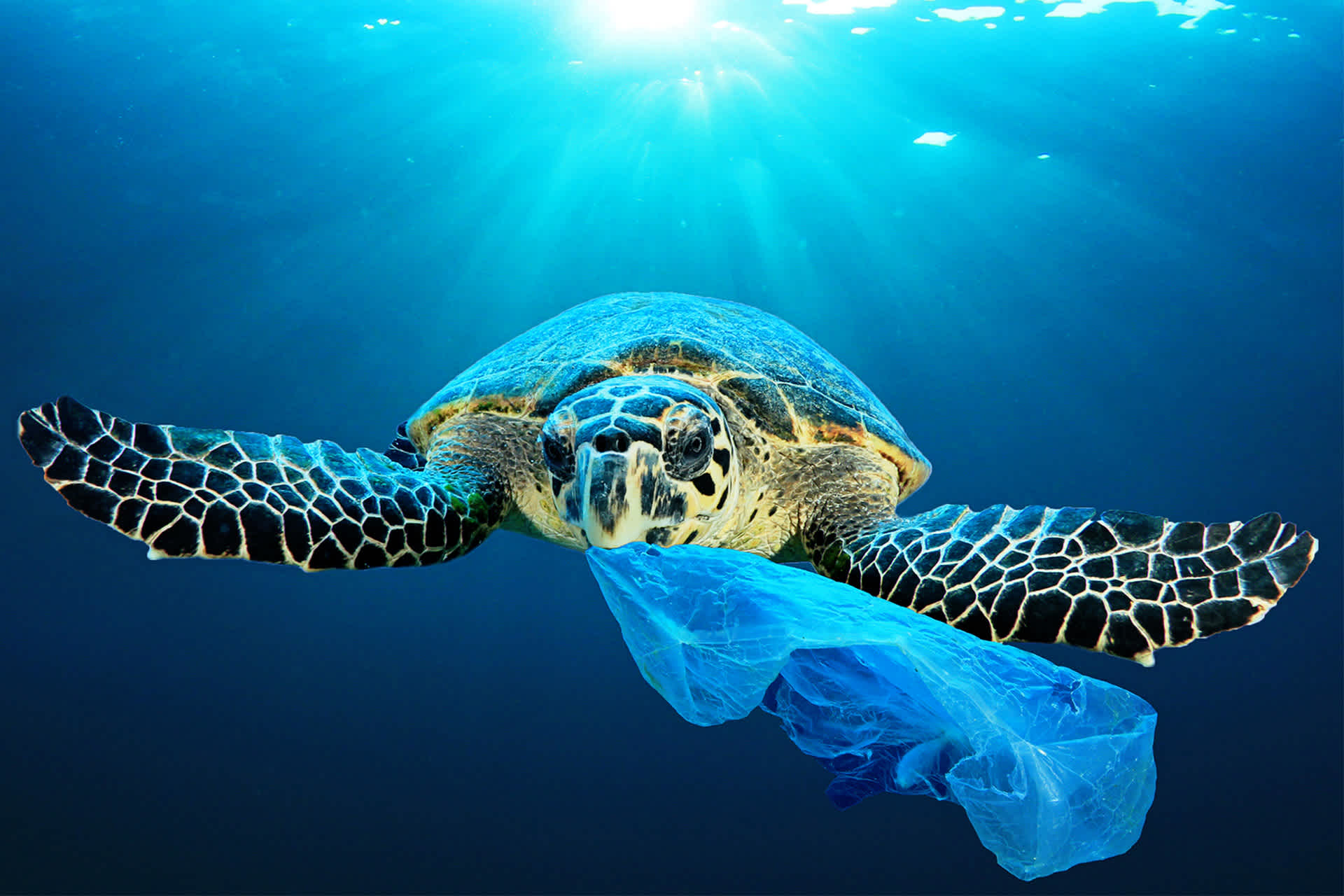
A sea turtle’s throat is lined with spiny projections. These are called esophageal papillae. They help the turtle keep food down while the esophagus pushes water back out. The papillae help prevent the turtle from ingesting too much of the salt in seawater. Unfortunately, they also prevent it from coughing up plastics and fishhooks. If a sea turtle accidentally swallows something like this, it can get stuck in the turtle’s body, causing harm.

